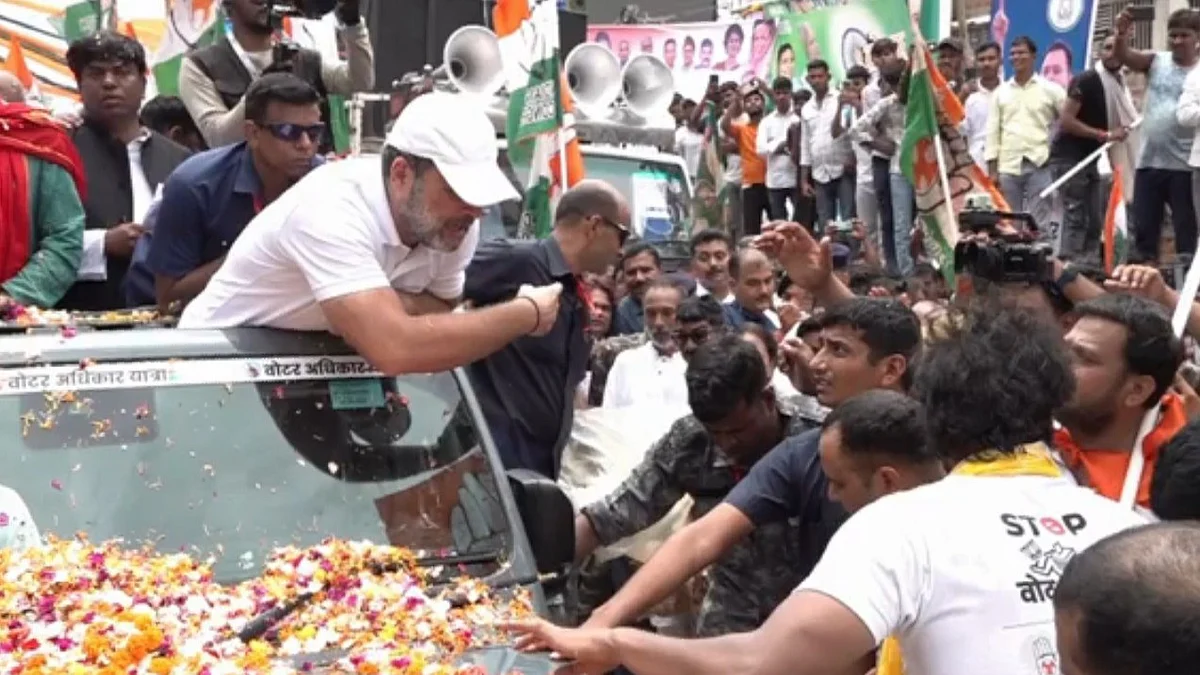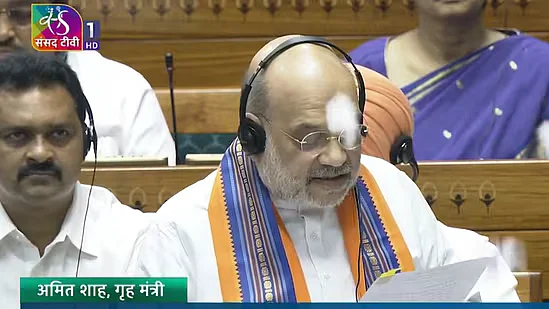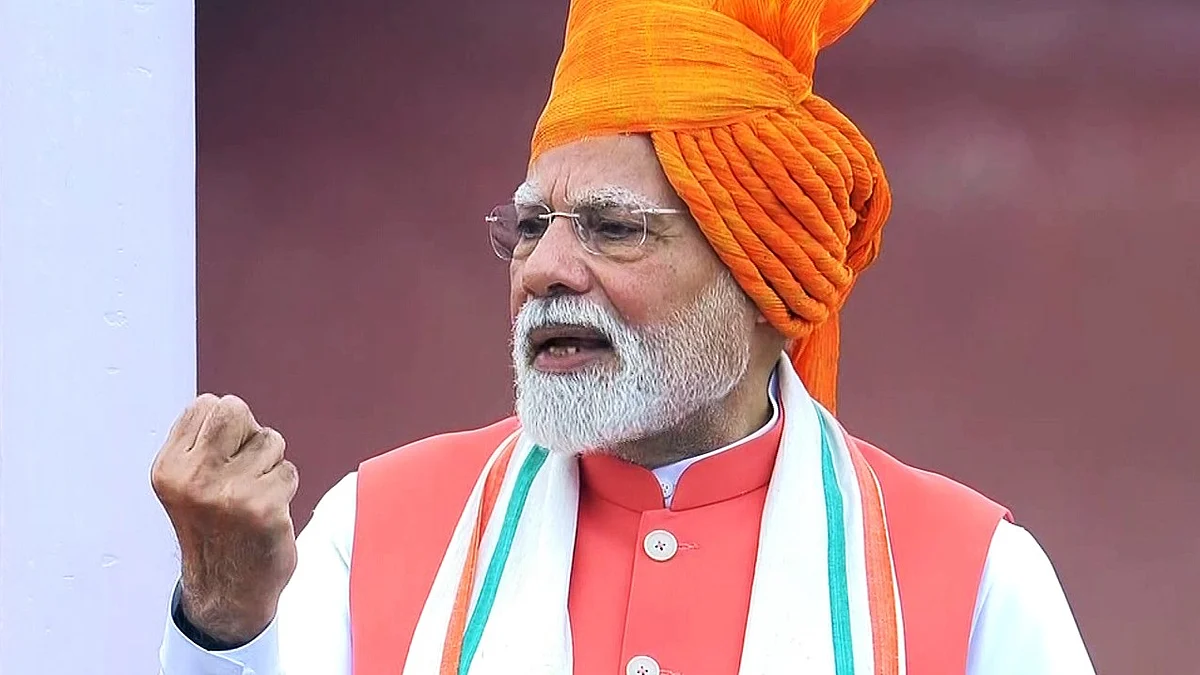The new education policy (NEP) 2020 is finally upon us. This year, it is widely expected to be implemented in major parts of the country from nursery level to higher education leading to 4-year degree course. In my memory, no previous education policy has bern hyped so much but it is not surprising : the NEP promises (threatens) to restructure education at all levels in fundamental ways.
The policy has been widely commented upon, often criticised but much praised as well, especially by those who are not closely involved with education in the country. I am afraid many of these champions of the new policy are likely to be disillusioned - sooner rather than later - once the policy is actually implemented on a large scale and people - nay, the stakeholders - begin to experience its consequences, specifically regarding the quality of higher education in the country.
I remain deeply sceptical about the promises of the NEP 2020. I suspect that far from improving the quality and accessibility of higher education in the country, the NEP is likely to drastically disrupt the existing structures of higher education without offering any visible improvement. Let me briefly explain.
The first major problem with the NEP is that it does not even pretend to deeply understand why our education system has been in such a mess for so long. Any policy or deal with a persistent problem, one would think, would first try to understand why the problem has persisted for so long in the first place. Not the NEP. It summarily, almost perfunctorily, in one paragraph, sums up the major problems in higher education! Thereafter, not a single problem is analysed in detail.
The second major problem with the NEP is that it is simply too ambitious. It proposes to achieve too much without ever outlining the pathways to achieve its objectives from where we are. I mean we have an old, established system in place, however dysfunctional and flawed, and now the NEP propose to overhaul the entire framework without clearing specifying how to move in the proposed direction. In the process, teachers - who, after all, have to implement the system for it to achieve anything at all and who have the first-hand experience of how flawed the present system is - are left in the dark, their opinions, experiences and reservations have been cast aside to hurriedly implement a policy in a drastic top-down approach even as the policy incessantly talks about the need for decentralisation and autonomy!
Further, at least with regard to higher education, it has one-size-fits-all approach in a country which is exceptionally diverse, deeply fragmented and hierarchical and where education policy is supposed to be largely in the domain of its many states. It has the vision of higher education institutions as multidisciplinary (the word ‘multidisciplinary’ is the most often used word in the entire document) large, autonomous institutions with thousands of students without recognising that actually very few of our existing colleges reflect this reality. As we learnt from the all India survey of higher education (learning curve, November 21, 2023), a very large number of our colleges are actually small, rural, single course colleges. The NEP does not seem to know about their existence. Not surprisingly, it has nothing to say about how these thousands of colleges could be turned into multidisciplinary institutions!
One of the primary reasons why we lag far behind the rest of the world in our educational achievements, even in comparison to many countries in the global south, is that we have never spent enough on education. Almost from the very beginning of the republic, education at all levels has been under-funded. The cumulative effect of such under-funding for decades is visible across our institutions in terms of the dismal state of our buildings, laboratories, libraries and other resources as well. Yet, the NEP hardly recognises the serious issue of the lack of resources even as it proposes to dismantle the system of affiliated colleges — privately managed but regulated and financially aided by the state — that has been around for more than a century.
Even as it It recognises that we need to increase our public expenditure on education to 6% of the GDP at the earliest, it offers no systematic, concrete, viable, time-frame for achieving this target.
Similarly, it has the ambitious target of raising our gross enrolment ratio (GER) from about 26% to 50% by 2035, in about a decade — but it fails to recognise what it means in terms of resources needed and, most critically, the number of teachers it would need in our institutions of higher education: where would they come from? At GER of 26%, even our elite and prestigious institutions are struggling to recruit adequate faculty at different levels: the number of vacancies ranges from 25-50% of existing numbers. In many colleges, a vast number of our teachers remain employed on contract for decades and get paid much less than minimum recommended salaries even as they are required to have all the necessary academic qualifications.
Most astonishingly, the term “reservation policy” is entirely absent from such a critical policy document. While the NEP summarily mentions the need to offer support to students from socio-economic disadvantaged categories, it shows no recognition of how alienated and unwelcome so many of these students feel in our institutions, and how to address their specific concerns!
With such a visible lack of any deep awareness and concern for such basic issues in the NEP, its transformative promise remains a distant dream.
Vrijendra taught in a Mumbai college for more than 30 years and has been associated with democratic rights groups in the city










